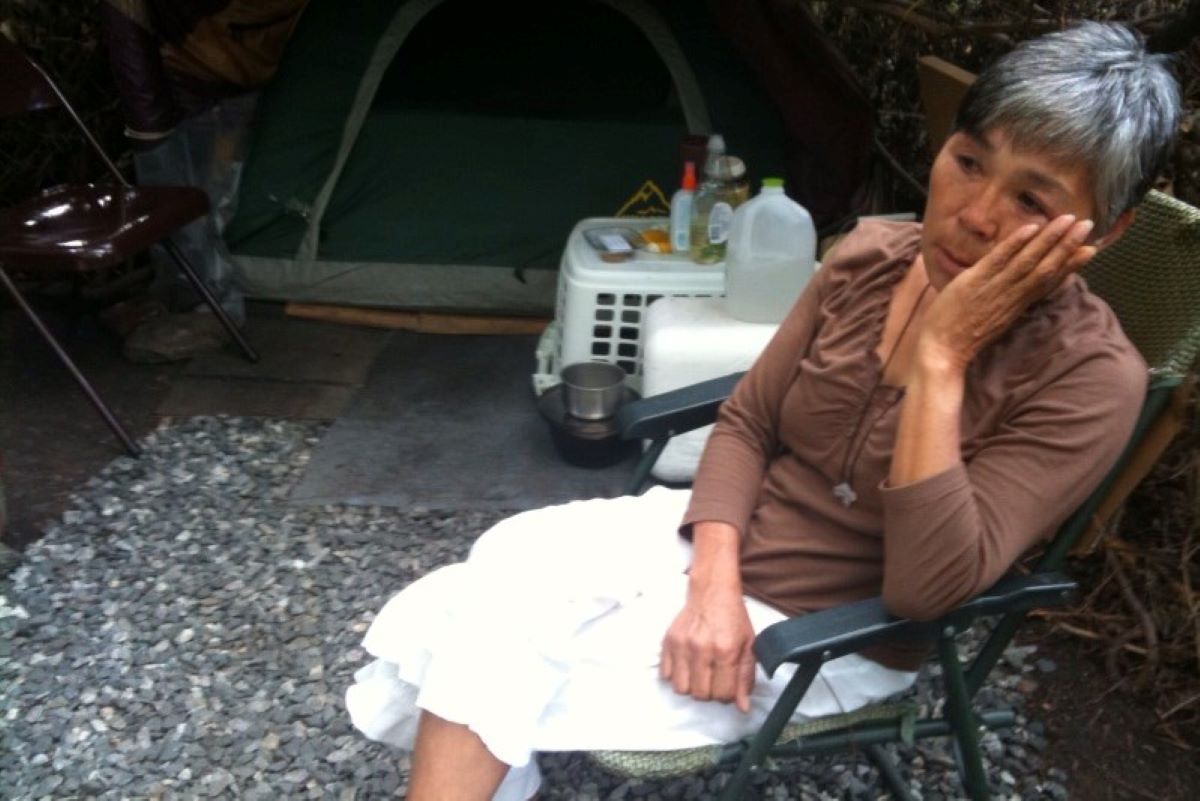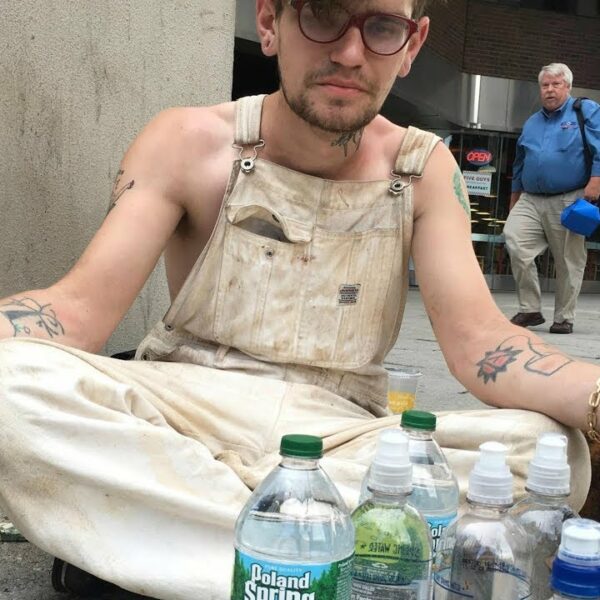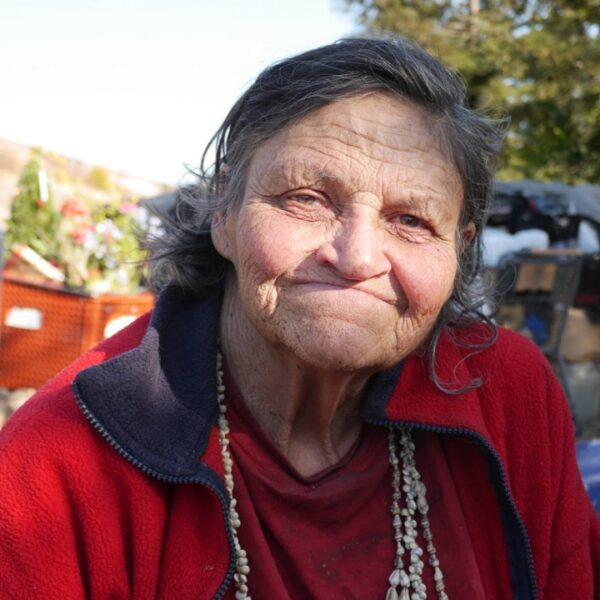As poverty creeps into the American suburbs, homelessness escalates, but few are talking about it. Not quite city, not quite farmland, these towns that were once the very pinnacle of the American Dream now buckle under the pressure of a downward economic spiral. Like a simmering pot, these troubled waters have been threatening to boil over for longer than a decade.
How has homelessness managed to remain in the shadows of these picket fences and tree-lined streets? Could it be that in this particular instance, our perception overshadows reality? On the surface, many suburban towns have held onto their luster. But beneath that surface, the world we once associated with safety, home-ownership and comfort is falling in on itself.
Suburbia: A Tale as Old as 1945
The tall tale of the coveted suburban life finds its roots in post-war America, 1945. Prior to this time period, only a small percentage of American residents lived in suburban regions. That equates to approximately 13% of the population at that time. Mass suburbanization didn’t take place until swarms of war veterans returned to the US seeking affordable housing for which there was a shortage in the cities. Using mass production in the housing sector, crafty architects did their best to build quickly, with the future in mind. With multiple housing units created in a short timeframe, the biggest obstacle they faced was making the suburbs more appealing.
Fortunately, they had two major technological advancements practically catapulting suburbia into superstardom. First was the automobile, a viable alternative to the streetcar, for veterans with paychecks to burn and newly working wives. The second was cinema. Hollywood cameras would spend years airbrushing suburbia into the backdrop of major motion pictures. Henceforth, the suburbs would serve as the emblematic portrait of all-American life in everything from horror films to Sci-Fi masterpieces to heartfelt dramas. And while this portrait would drastically change with each decade, suburbia would remain a cardboard cutout of itself in feature films leading all the way up to modern times.
Poverty in the Suburbs Started Growing at a Faster Rate than Urban Poverty in the 1990s
While the ‘90s saw a bit of an overall economic boom in America, this decade was the first time suburban poverty outgrew urban poverty. The difference was so miniscule it was easily overlooked. Poverty in the suburbs was widely believed to be triggered by the 1992 Welfare Reform campaign that forever altered the nature of government assistance. This assistance would become necessary in the early 2000s, as the nation battled with economic destruction on all fronts, from a housing crisis to a financial recession.
By 2010, it had become clear that poverty in the suburbs was bringing homelessness to suburbia at an accelerated rate. While the number of overall homeless people barely wavered in 2009, the number of homeless people across suburbia escalated to 32% from 23% in just one year. Sheltered homelessness was also on the rise, as was the number of homeless suburban families. Some of the most cited contributing factors include:
- Unemployment
- Home foreclosures
- Lack of affordable housing
- Too many low paying jobs being brought into these areas
Today, Roughly 3 Million More People Live in Poverty in the Suburbs than in Cities
Recent research shows that America’s suburbs are home to about 16.5 million poverty-stricken individuals, while the cities house only about 13.5 million. Take, for example, Atlanta. This city is near notorious for being struck by poverty. In reality, Atlanta’s suburbs house the overwhelming majority of poor residents, a number that stifles at 88%. In fact, the suburbs of Atlanta have witnessed a 159% increase in poverty over the course of just 11 years.
These would be sobering statistics if presented to a sound mind. But media is a wonderful weapon when it is used to deceive.
Are we so shallow that we’ve allowed a vintage portrait of our nation to obstruct the truth?
Suburban American poverty is not being addressed appropriately, or in some cases, at all. Programs and services created to provide aid and help avoid homelessness were never designed to function outside of cities.
In an interview with CityLab, University of Washington’s professor of public policy Scott Allard had this to say about suburban American poverty:
“One reason why we lack nonprofit human service capacity relates to the perception gap that we have about poverty being urban.”
There are some pretty racist reasons for why so many Americans prefer to think of poverty as an urban-only issue. As a direct result of this racist and inaccurate portrayal, suburban non-profits suffer from a lack of resources and funds. We must also consider other obstacles such as fewer transportation options and fewer social services across the board.
Suburban America is Losing Its Youth
With poverty rising and homelessness increasing in the suburbs as a result, Millenials now see the city as a more attractive place to settle down. This means the nation’s youngest generation has already noticed the shift in the landscape. But homelessness need not be equated with one location or another.
In the end, homelessness isn’t a suburban problem. It’s not an urban dilemma. It knows no bounds. Homelessness happens when we lose sight of one another because we are too busy staring into the windows of ourselves.
We must detach from all the pictures that once were painted. We need to come to grips with what lies before us. Talk to your legislators about building affordable housing across all regions of the United States, from city to suburb, and every space between.













